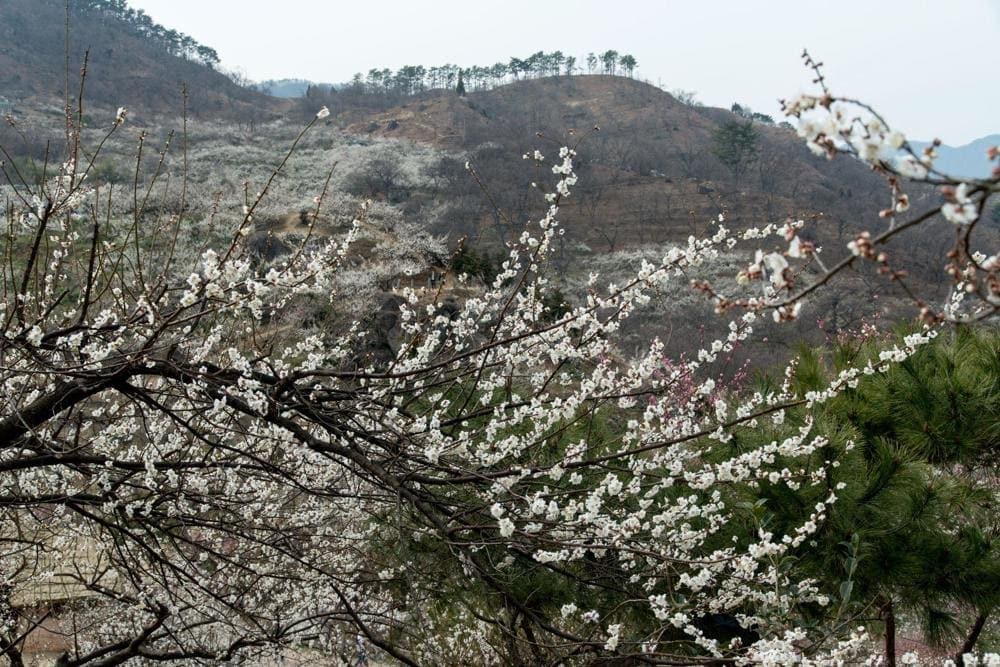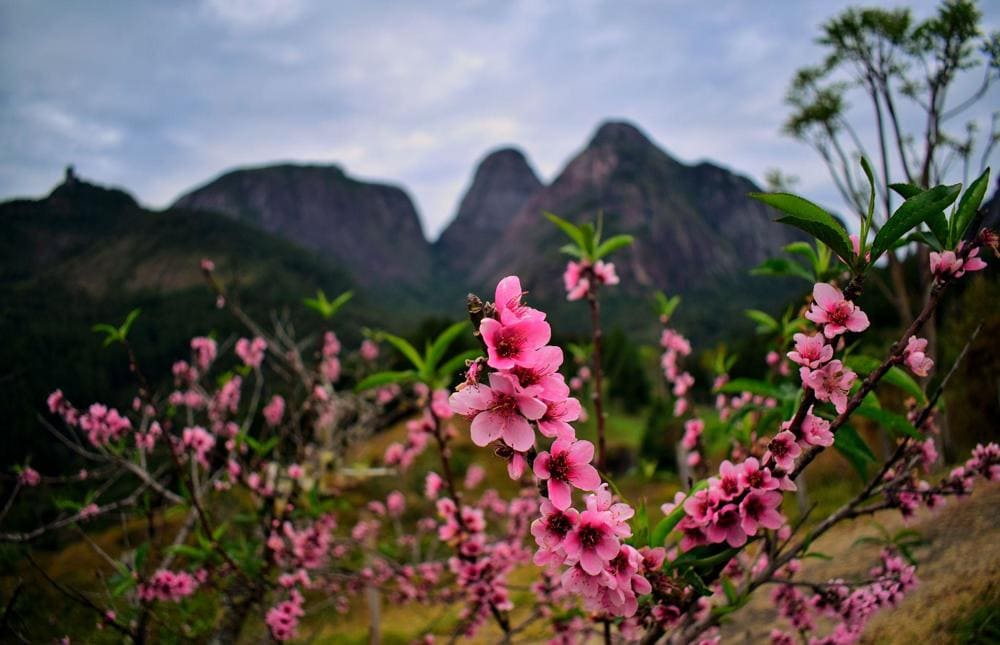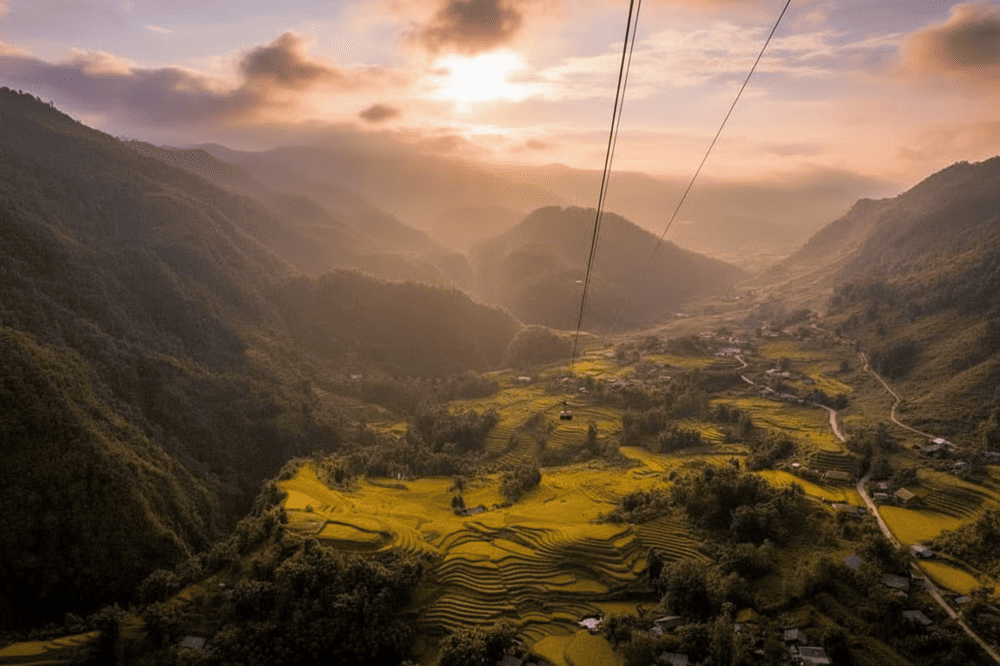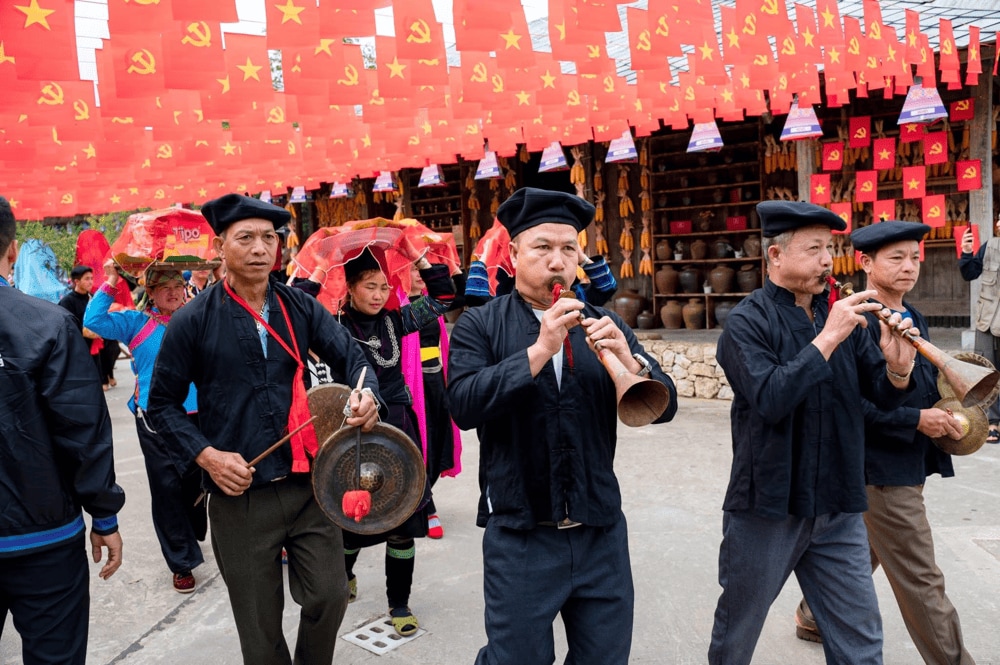1. Best Time to Visit Fansipan in terms of Weather
Choosing the right time to visit Fansipan ensures a comfortable and enjoyable experience. Below is a breakdown of the weather across seasons, helping you decide when to explore this majestic mountain:
- Spring (March to May): Mild weather with temperatures ranging from 13°C to 20°C. This is the season for cherry blossoms and plum blossoms, creating vibrant scenery.
- Summer (June to August): Cool temperatures between 15°C and 30°C, but it’s also the rainy season, so expect frequent showers.
- Autumn (September to November): Red leaf season with pleasant weather, little rain, temperatures from 10°C to 20°C.
- Winter (December to February): Cold winter with temperatures that can drop low, daytime around 7°C, nighttime around 0°C to 3°C, with possible thick fog and frost.
Average Monthly Temperatures at Fansipan:
1.1. Spring Season in Fansipan (March to May)
Spring in Fansipan spans from March to May, with temperatures ranging from 13°C to 20°C. The air is fresh and comfortable, the sky is relatively clear, and light showers may occasionally appear. These conditions create an ideal atmosphere for outdoor activities, especially trekking and nature walks.
As spring unfolds, Fansipan becomes a breathtaking landscape filled with blooming cherry and plum blossoms, transforming the hillsides into a sea of soft pink and white. Travelers can explore flower-covered trails, admire mist-draped valleys, and join in local festivals that mark the rebirth of nature. The view from the summit is often clearer in the morning, offering magical cloud-hunting opportunities and golden sunrise moments.
Here are essential tips for visiting Fansipan during the spring season:
- Pack layers, including a light jacket for cool mornings and evenings.
- Bring a camera to capture the stunning cherry blossom displays.
- Book accommodations early, as this is a popular season for flower viewing.
- Wear comfortable hiking boots for exploring blooming trails.
- Consider visiting during weekdays to avoid crowds during peak bloom times.




























